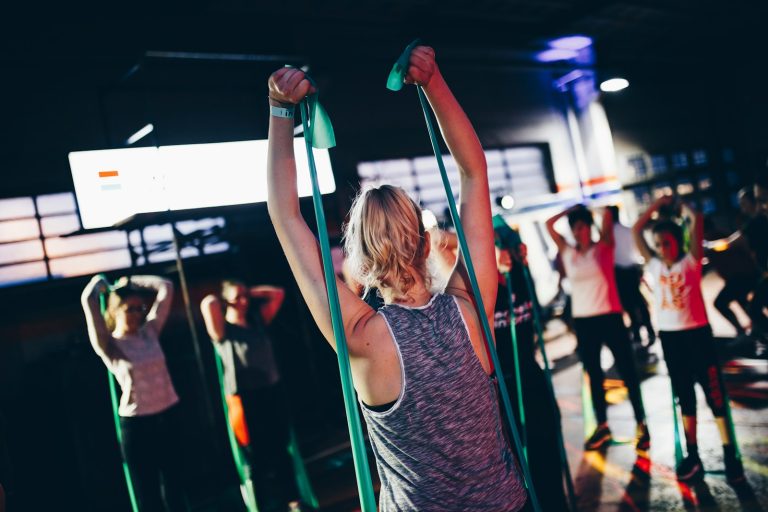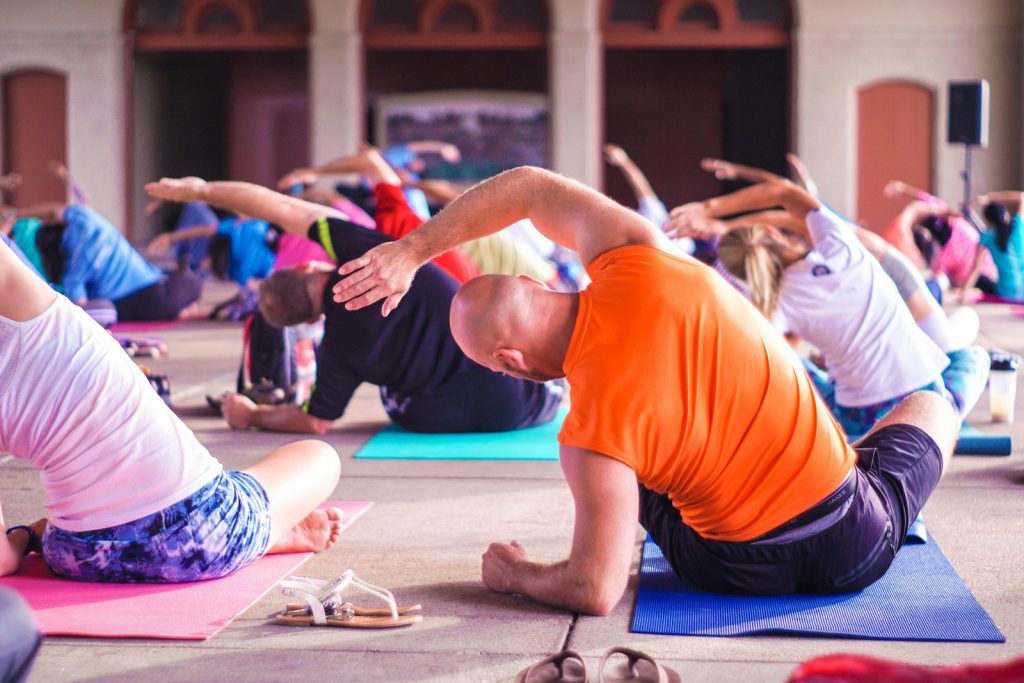A Beginners Guide to Injury Prevention: Safely Increasing Activity Levels
Injury prevention is becoming an increasingly popular addition to peoples training. In previous years, injury prevention probably hasn’t been a popular part of peoples training schedules, However “Prevention is better than Cure” is now a commonly practiced mantra.
AN Overview
Injury prevention can include a number of different methods such as strength and conditioning, progressive overload, stretching and mobility, core stability and then also tapering for an event.
With all of these methods, and also any exercise in general, it is important to safely increase activity levels, and it can be beneficial to follow certain parameters to help you to safely navigate this. If you are new to any exercise or activity, or if you are returning to sport from injury it can be useful to gain advice and insight from a strength and conditioning coach or a professional such as the clinicians at Summit Physiotherapy to assist you in safely starting any new exercise.
Strength & Conditioning

The first method of injury prevention that has been mentioned is a very important part of injury prevention and it comes under the bracket of strength and conditioning (S&C).
STRENGTH:
Strength and conditioning is very important to strengthen not only muscles, but also tendons, ligaments and protect the joints. Strength and conditioning doesn’t have to mean lifting weights, it can mean improving dynamic strength, or improving proprioception around a joint.
CONDITIONING:
Conditioning can mean improving cadence and stride length using a variety of techniques and drills.
Adding a strength and conditioning programme allows you to increase muscle strength and muscle endurance. This will allow muscles to become more resilient and more robust when they are challenged and put under pressure and load when increasing activity levels and returning to sport. Additional benefits of strength and conditioning training include increasing metabolism, improve new movement patterns, and enhancing coordination and peripheral skills.
THREE PRINCIPLES OF Progressive overload
Progressive overload is a method of strength training that is very important to safely increasing activity levels. When you increase the repetitions, amount of weight, or length of time in an exercise you are applying overload. This will give you the structural and physiological changes to the muscle and tendon that you need to improve strength and endurance of a muscle. It also helps to avoid a plateau in muscle in muscle mass and strength and helps prevent a person from reaching a point where their exercise regimen is no longer affective.
Progressive overload needs to be carefully considered and any increases In time, weight or intensity should implemented every 1-2 weeks. There are 3 basic principles to consider;
INTENSITY:
This refers to the amount of resistance or weight lifted during an exercise. To progressively overload, you need to gradually increase the intensity of your workouts over time. This can be achieved by adding more weight to your exercises, increasing the number of repetitions, or adjusting other variables like tempo or range of motion.
VOLUME:
Volume represents the total amount of work performed in a single workout session or over a period of time (such as a week or month). Increasing volume involves either performing more sets, more repetitions, or both. For example, if you’re doing three sets of ten repetitions for a particular exercise, increasing the volume might involve adding another set or increasing the number of repetitions per set.

FREQUENCY:
Frequency refers to how often you perform a particular exercise or workout routine. Progressive overload can also be achieved by increasing the frequency of your workouts. This means working out more often or increasing the frequency of specific exercises within your routine. However, it’s important to allow adequate time for recovery between workouts to prevent overtraining and injury.
As well as progressive overload with strength training, conditioning overload can also be useful. An example of this would be to do a couch to 5k training plan if you are new to running when training for a running event.
Stretching & Mobility
Stretching and mobility are a common and important part of injury prevention, and incorporating this can really help with safely increasing activity levels.

Stretching Exercises:
Stretching exercises are beneficial for decreasing risk of injuries, helping joints move through their full range of motion, increasing flexibility and improving posture. All of this will become beneficial when applying more stress to the body when increasing activity levels, and, like strength and conditioning, can make the body more robust when it comes to training.
MOBILITY EXERCISES:
Mobility exercises can be more specific for improving joint range, and they can also be a great adjunct as a exercises prior to doing strength training. Mobility exercises are often dynamic movements that prepare the body for specific actions, and are often done prior to exercise or activity.
CORE STABILITY
Core stability is a very important aspect of not only injury recovery, but also injury prevention. All movement starts and begins at the core, so a strong core will assist in producing strong movement patterns.
Better core stability can increase steadiness and stability, and this is very important when preventing injury. Core exercises can be versatile as they can be done with or without any additional equipment.
Similarly to strength and conditioning training and stretches and mobility exercises, core strength and stability exercises will make the body more robust when increasing activity levels. When the core is strong and stabilises the body well, it can allow you to move in any direction, on different terrains or on uneven surfaces or stand in one spot without losing balance and stability.
In this way, core exercises can even lessen your risk of falling and provide and improve posture.

After doing regular core exercises you may find that chronic pain may subside, movements and sport can be performed with more ease, and you may start automatically and unconsciously start engaging your core muscles when performing sporting activities or daily activities.
Tapering
Another great way to avoid and prevent injury whilst safely increasing activity levels is by implementing appropriate tapering for an event. Many long distance training events such as Marathons or Triathlons recommend appropriate tapering on the lead up to a race.
Some of the main reasons of tapering can include making sure you have enough energy to the actual event. Long distance events require a lot of long distance runs beforehand during training, so it is important to make sure you have enough energy reserves. It is also important to appropriately taper to ensure that your muscles aren’t depleted of carbohydrates. These are important for energy and fatigue during a long event. It is also suggested that there will be no additional benefits from further training, so allowing your body to rest and recover is just as important as the intense training that has been done.
This leads to a very (and often overlooked) important consideration to injury prevention; adequate rest and recovery. Recovery and healing is allowed to happen at an effective level when the body has had enough rest and sleep.
In SUMMARY
All of the above methods of injury prevention are important, and if you can appropriately incorporate these into a training plan, then you may be giving yourself the best possible chances to safely increase activity levels and prevent injury when starting or returning to sport or activity.
If you wish to seek further help or speak to a practitioner about any of the above, call us on 0800 731 2738 or book online here.
You can also view all the services we provide within our clinics on our website, as well as checking out our other blogs and content.
For more free tips and information, make sure to follow our Facebook and Instagram pages. We also post client stories, so you can see how we’ve helped people get back to doing the things they enjoy!



